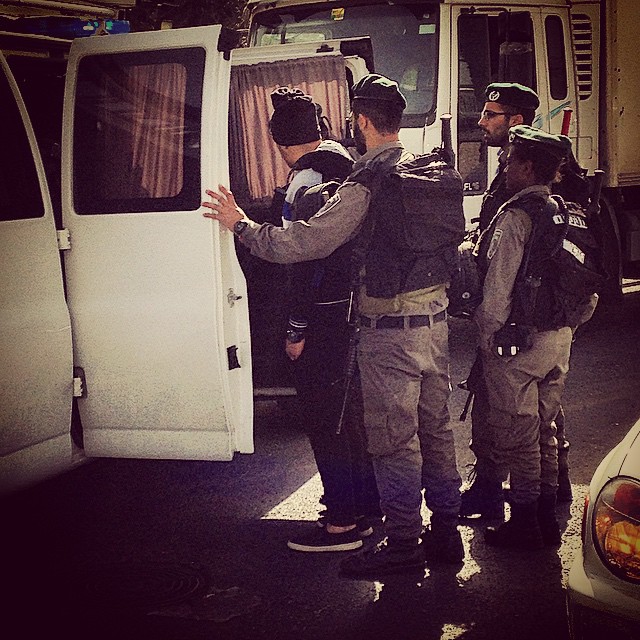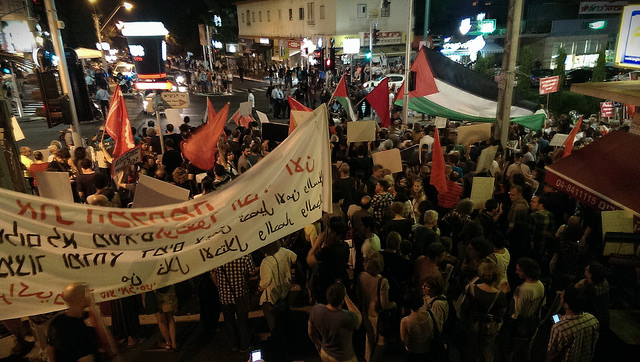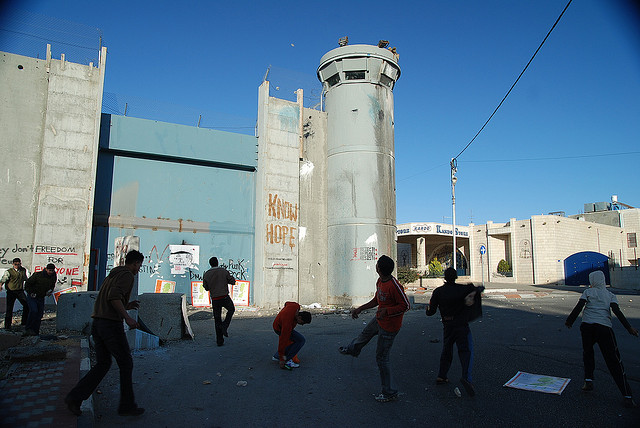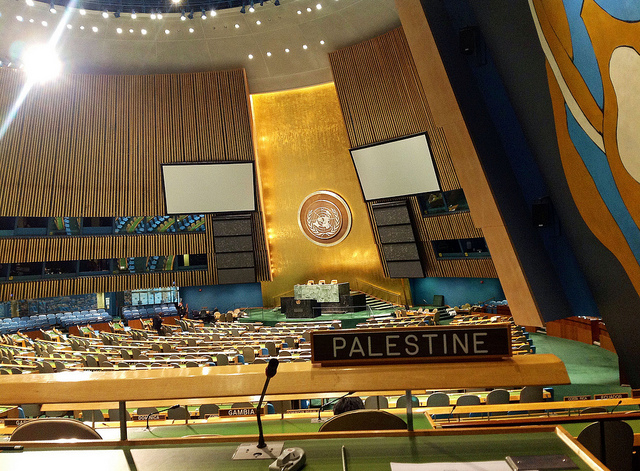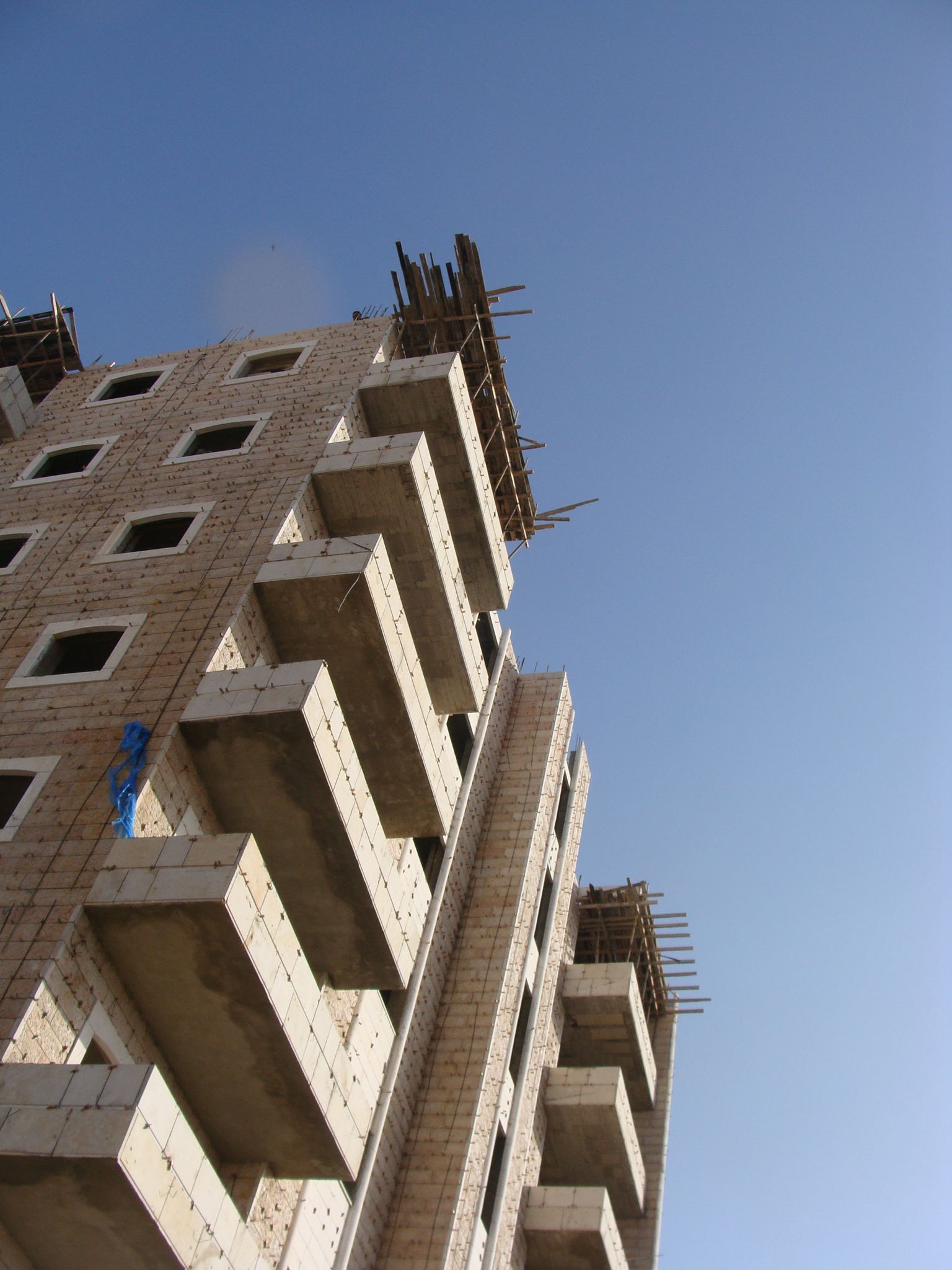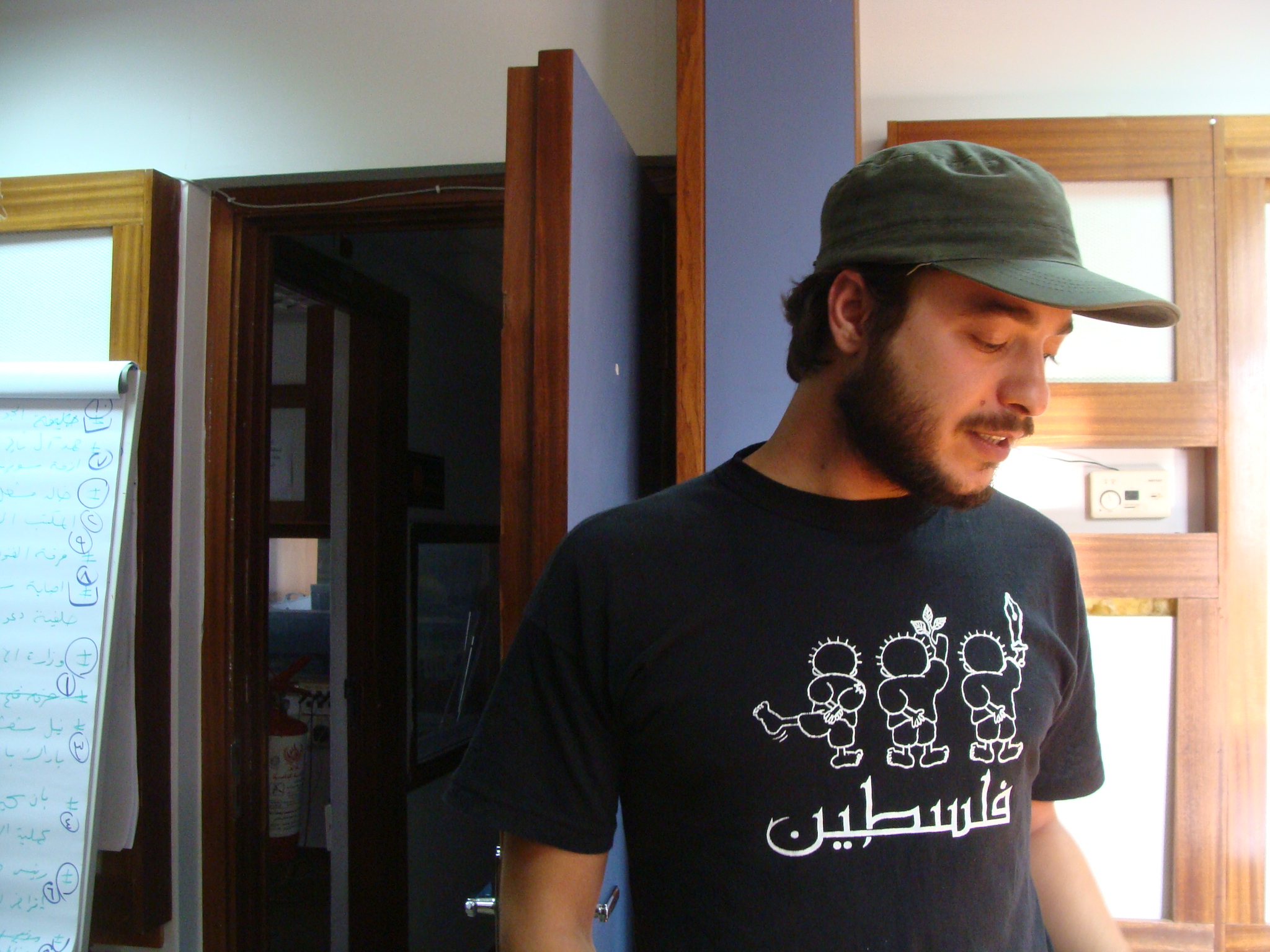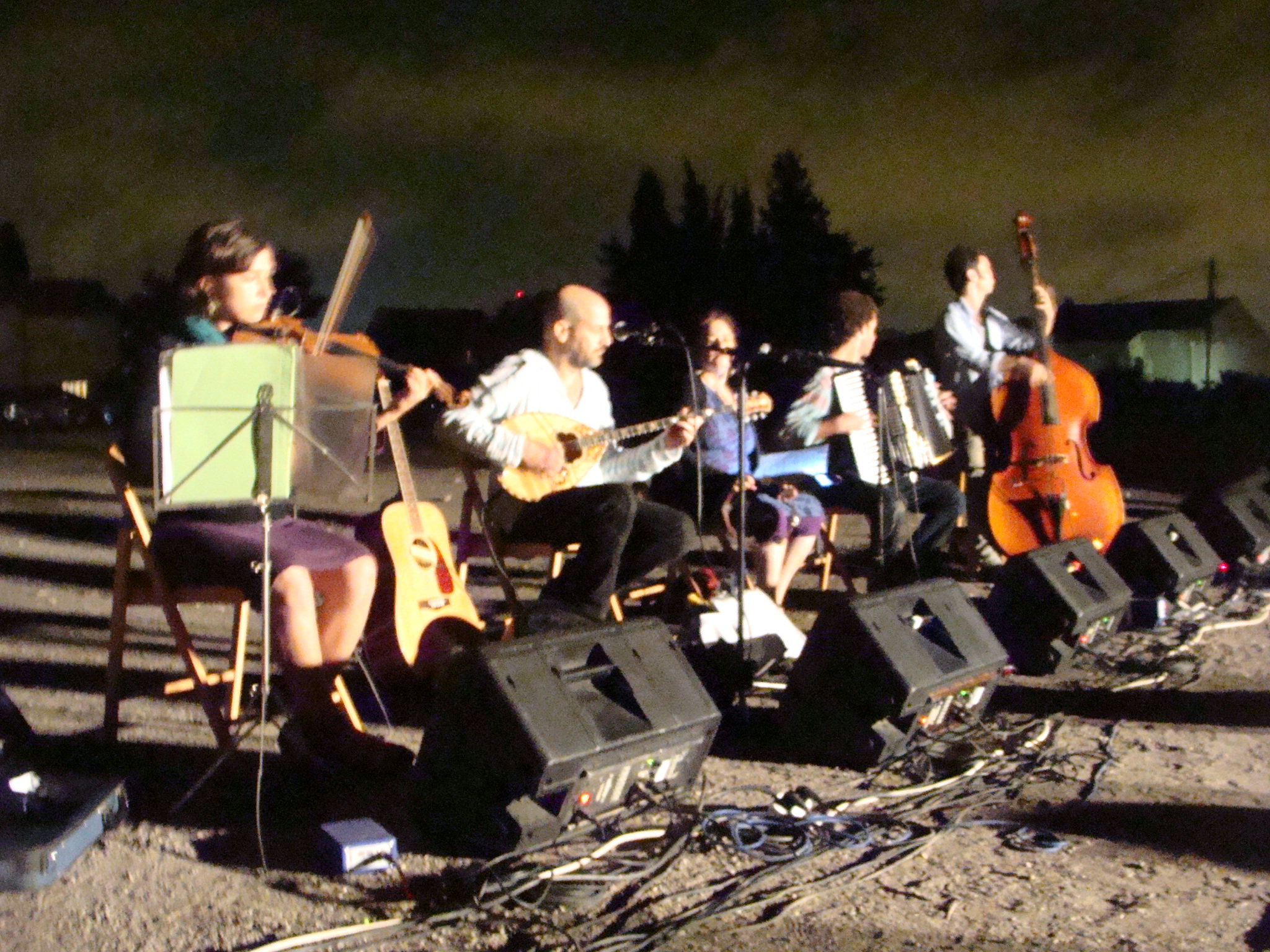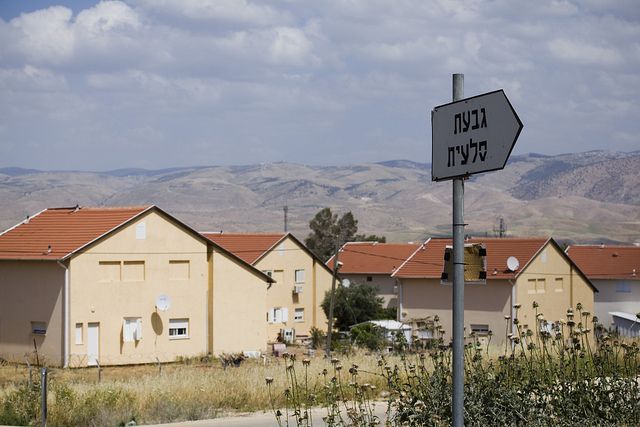Al Jazeera English, October 19, 2015
Israeli police came to activist Adan Tartour’s home in Jaffa at half past midnight on October 7, and pounded on the door. When the Tartours opened it, police said that they had an arrest warrant.
Adan Tartour, 18, a Palestinian citizen of Israel, was put under arrest for “suspicion of violence and terror” – only because she’d signed up to take a bus to a protest in Nazareth.
Tartour, and other activists, were detained on suspicion of planning “illegal” demonstrations.
“They had an arrest warrant for me and my father,” Tartour explains, adding that this was the case with other female detainees. “They were arrested with their fathers… It’s humiliating and chauvinistic,” she told Al Jazeera.
She and her father were taken to a local police station before being transferred to Nazareth, where they arrived at 4:30 in the morning. During the interrogation, which began at 5:30am, police repeatedly told Tartour that she “is a shame to her family” and that her actions are “not good for her family”.
She felt that this orientalist appeal to “family honour” was an attempt to dissuade her from protesting.
“But what they don’t understand is that our [Palestinian] families stand by their daughters,” she says.
Rights groups say that dozens of Palestinians are being detained in what they describe as a wave of “preventive arrests” that reflect Israel’s attempts to quell Palestinian resistance against its excessive use of force against protesters and the extrajudicial killings of Palestinians in occupied East Jerusalem and the West Bank.
According to Adalah, the Legal Centre for Arab Minority Rights in Israel, the detainees have been subject to preventive arrests before they attended demonstrations. Like Tartour, most of those detained have no criminal record.
As of today, between 160 to 200 Palestinian activists have been arrested either before or during protests, according to Adalah. Of those detained, 40 are still being held as Israeli authorities seek to lengthen their imprisonment.
Sawsan Zaher, a lawyer with Adalah, says that these arrests are illegal. “According to Israeli law, you cannot arrest a person based on the fear that in the future they might commit a crime,” she explains, adding that stopping people from protesting is a “violation of their right to freedom of expression”.
It’s not only demonstrators and their family members who are being locked up. Several bus drivers who attempted to transport protesters to Nazareth – but were turned back by police outside of the city – were later arrested.
“Police claimed that the drivers themselves had participated in an ‘illegal’ demonstration,” Zaher says, even though the protest “did not need authorisation in the first place” and despite the fact that the buses did not actually reach the protest sites.
The buses were also impounded. As of October 13, the vehicles were still in police custody.
Not only have the courts upheld requests to extend the activists’ detention, but they have also, at times, accepted highly questionable “evidence”.
“Judges referred to onions [found on demonstrators] as an indication that the protesters meant for a violent demonstration,” Zaher explains. “We have never seen onions being referred to as a legal defence.”
Onions are sometimes used as temporary treatment for exposure to tear gas, which Israeli military and police forces regularly use on peaceful Palestinian demonstrators.
Zaher adds that judges have also detained Palestinian citizens based on investigation material to which she and other defence attorneys do not have access.
In one case, a minor who doesn’t know Hebrew was being held on the basis of a “testimony that was written in Hebrew” and signed by the child.
Minors’ legal rights are being violated in other ways, as well.
According to Israeli law, minors’ parents should be informed and are allowed to be with their child during questioning. Children may also have a social worker present, and minors should not be interrogated after 10:00pm.
Lawyers have seen some or all of these rules ignored by Israeli authorities during this wave of arrests.
Farah Bayadsi, a lawyer representing a number of activists and minors who were detained, echoes similar views about police preventing detainees from getting the legal counsel they are entitled to according to Israeli law.
“A police officer intervened when I was giving a 14-year-old teenage [girl] legal consultation before her interrogation, as [provided for in] the law. The policeman kicked me out of the office and told me that my time was up,” Bayadsi says.
For some, the recent events are reminiscent of the Israeli military regime that ruled over Palestinian citizens of the state from 1948 until 1966.
Shira Robinson, an associate professor of history and international affairs at George Washington University and the author of Citizen Strangers: Palestinians and the birth of Israel’s liberal settler state, remarks, “There were tonnes of preventive detentions” of Palestinian citizens of Israel between 1948 and 1966. “It was the name of the game.”
She offers the example of Israeli authorities’ attempts to stop the commemoration of the Kafr Qasim massacre, which took place in October of 1956.
In the days and nights before the anniversary, “Israeli authorities would round up known activists ahead of time. That was standard fare”.
Zaher says that it’s unnecessary to look that far afield. She remarks that the manner in which Israeli police and courts have handled protesters points to a fundamental difference in the way the state treats and views its Palestinian citizens versus its Jewish ones.
Ultimately, she says, Israeli authorities handle Palestinian citizens similarly to Palestinians in the occupied territories: “It doesn’t matter where you are – if you’re Palestinian, you’re an enemy and you’re a threat.”
The Israeli legal system, Zaher continues, “is based on a perspective of a Palestinian … as an alien. When they are viewed as an enemy and this is anchored in the law, then you have the legitimisation to do anything”.
While Adan’s father was released early morning on October 8, her detention was upheld and extended by an Israeli court. After four days, she was let go with the caveat that she might be taken in for additional questioning, and under the condition that she stay away from Nazareth for two weeks.
She is also “forbidden from joining protests”.
And that’s the ultimate goal, according to Tartour and others: The Israelis want to frighten Palestinian citizens and thus stop them from demonstrating.
Reflecting on her experience, Tartour is troubled by a number of things, particularly the treatment of minors, the court’s role in upholding and extending detention, and the state’s attempts to depict Palestinian protests as illegal.
When Tartour appeared in court and her detention was extended, Tartour recalls: “The judge said because of what’s happening in the state … they couldn’t interfere with the police’s work. So what is the courts’ job?”
Read the longer version at +972 Magazine.
